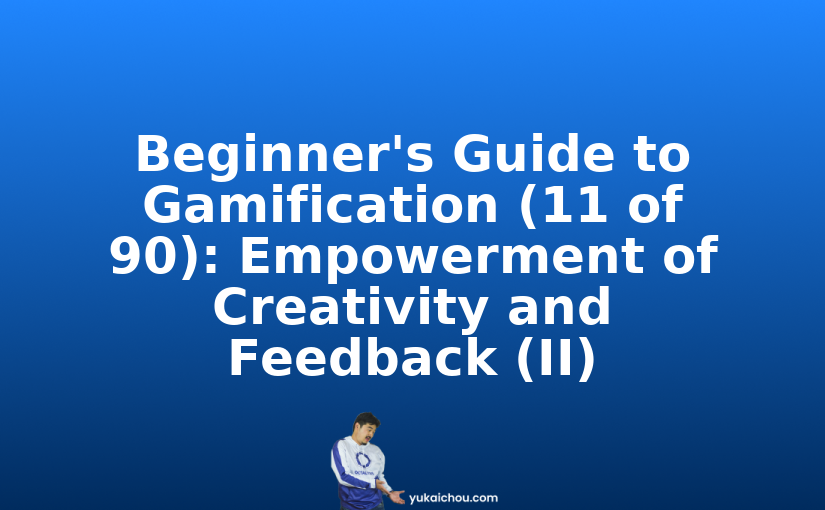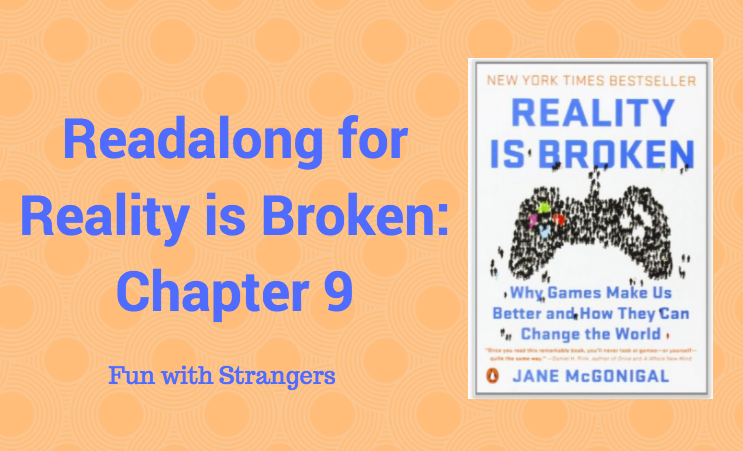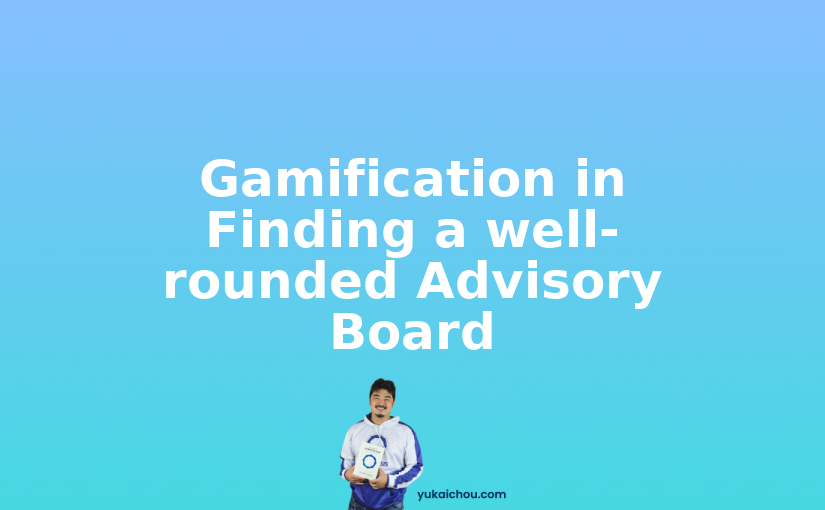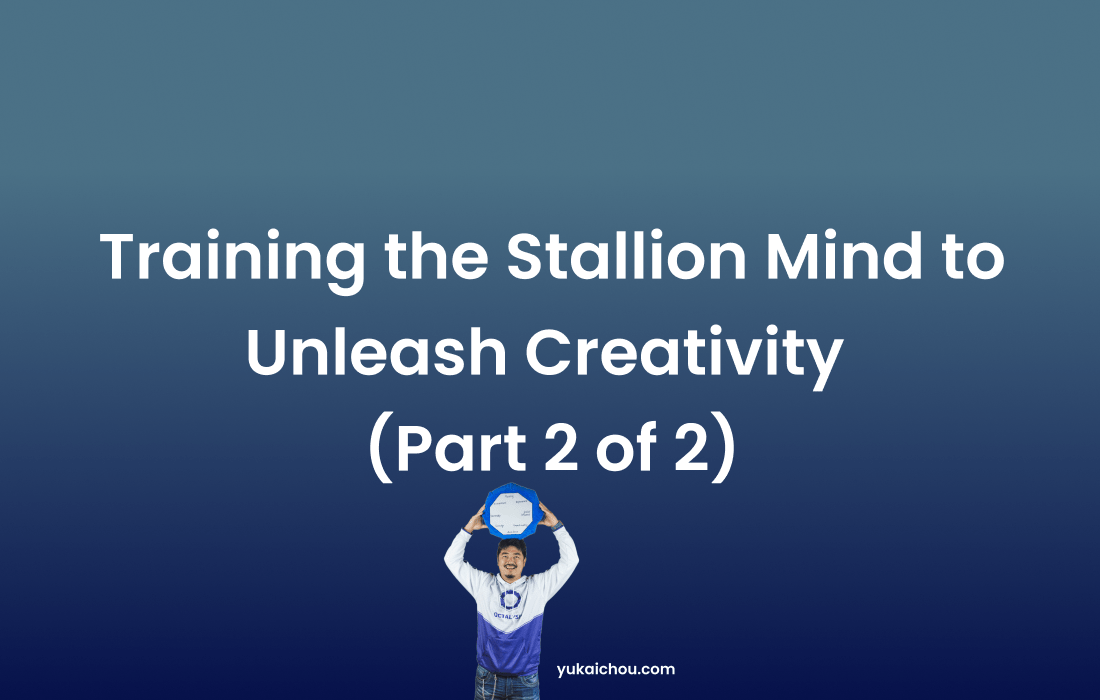Check out all the videos for the Beginner’s Guide to Gamification
Empowerment of Creativity & Feedback (Part 2): Notes
Last episode, people wanted me to talk more about the core drive.
Other social games like Draw Something (at least in the early scaffolding phase)
Draw Something was fun for a long time because it allowed both sides to utilize their creativity and see immediate results.
The reason why it eventually dropped out was because of lack of fresh content (or challenges) and how people could just start to game the system by writing in the correct word.
That’s another good lesson in Gamification: when a system is “game-able” it devalues the experience of those who are doing honest play and demoralizes the players.
I mentioned that in Farmville, one of the best evergreen mechanics they have is the ability to allow users to make art with their farms
That process would drive many players to pull out excel spreadsheets to calculate the optimal combination of everything, try it out, and adjust accordingly. (Yes, there are a group of gamers online that heavily use excel spreadsheets to play games better.)
When a game or a product can get users to voluntarily pull excel out and figure out how to optimize your performance, I would say it does this Core Drive pretty successfully.
My favorite crowdsource example has been Foldit, where a 15-Year AIDS problem was solved within 10 days.
Even in the work place, when you empower your workers to utilize their creativity and see feedback quickly, you have engaged workers.
Many corporate workers have talked to me before about being an entrepreneur simply because it’s frustrating seeing feedback for their ideas 10 months after proposing it through the bureaucratic situation.
Google’s 20% time allowed employees to express their creativity through other projects and see results quickly.
When utilizing Empowerment of Creativity & Feedback, it is important to note a few things:
There must be a balance between the learning curve and the challenge. If something is too hard, players withdraw or get anxiety. If it is too boring, players feel bored and leave. A good gamification (and game) designer needs to make sure the flow for Core Drive 3 is well aligned to maximize engagement.
Boosters
A good way to add Empowerment of Creativity & Feedback into a design is through what I call Boosters (#31), basically things that make progress easier.
The reason why boosters are effective is because players now have to plan what type of boosters to obtain through what activities.
An example of this is when users are accumulating “points” on a site, but when the site offers special items or “knowledge scores” that can superboost points acquisition, users start to plan out how to obtain the right items or jnowledge to fulfill their objective better.
Conclusion:
It’s always good to incorporate as many core drives into a design as possible. Empowerment of Creativity & Feedback is great because it gets users to discover their creative beings, inspires people, and can become evergreen mechanics that keep the users engaged for long periods of time.








